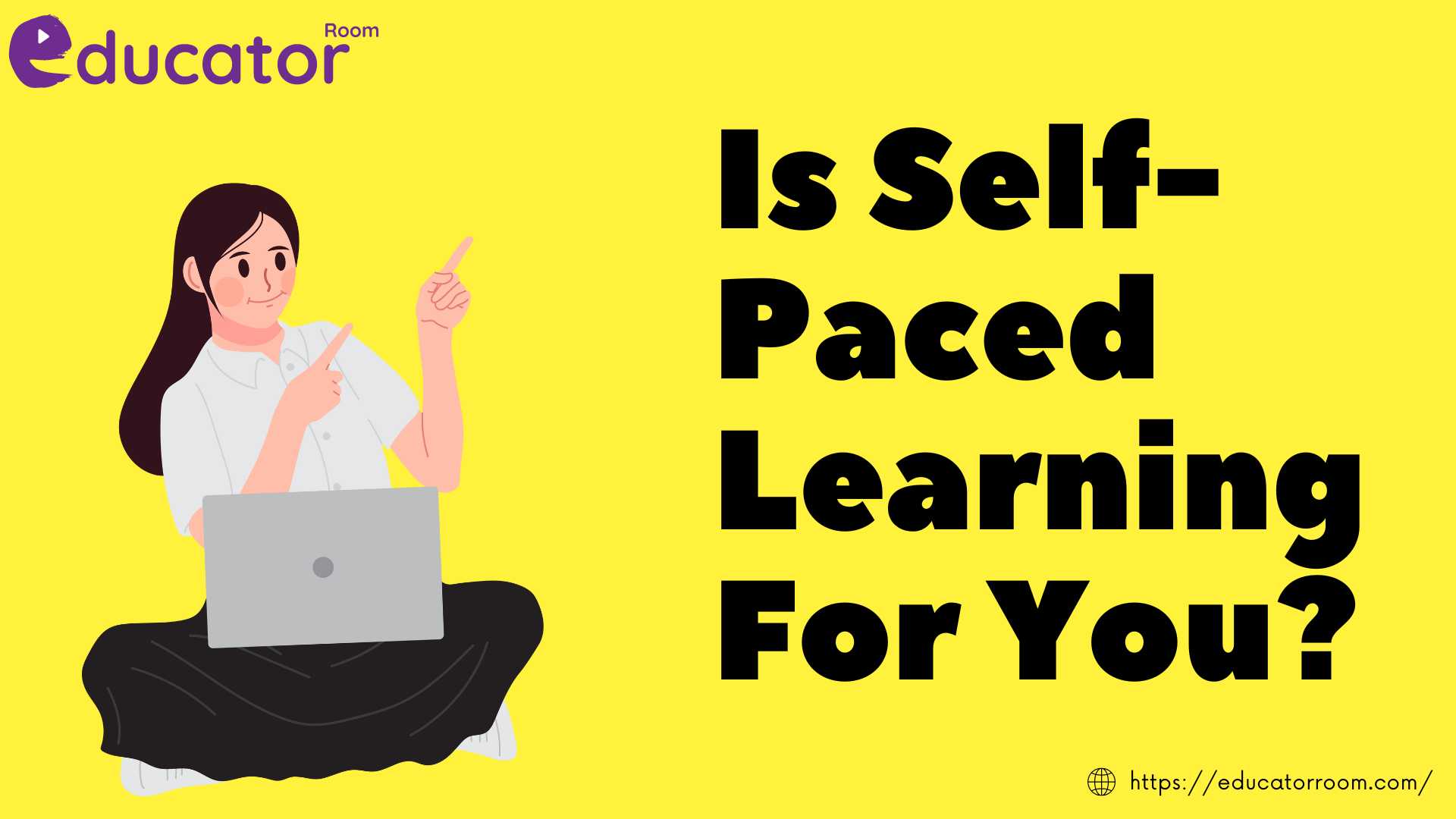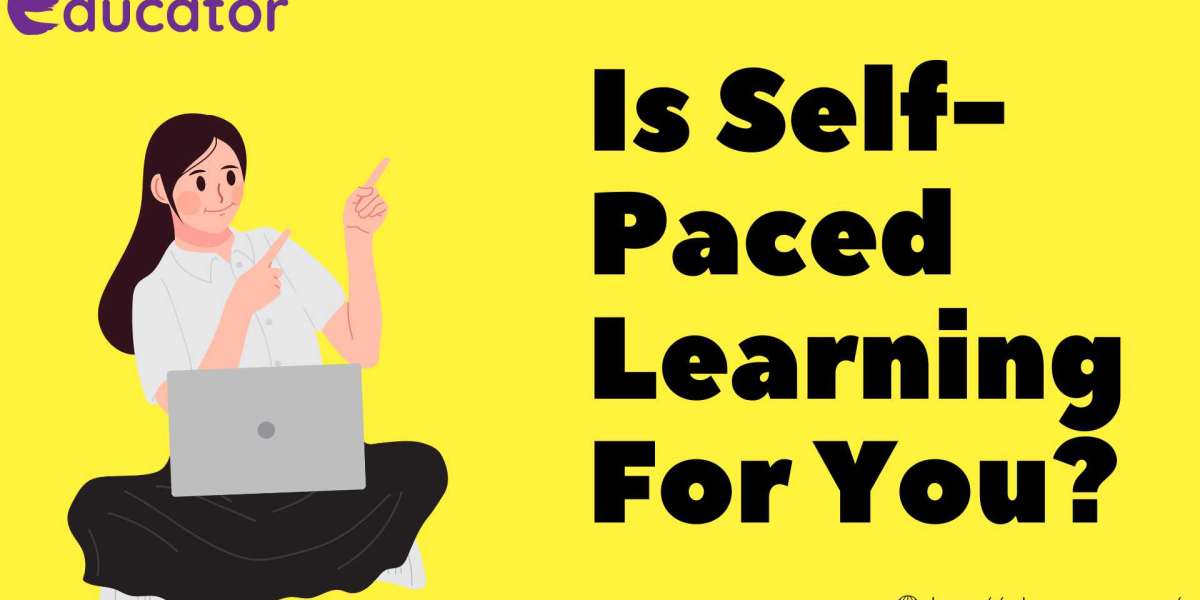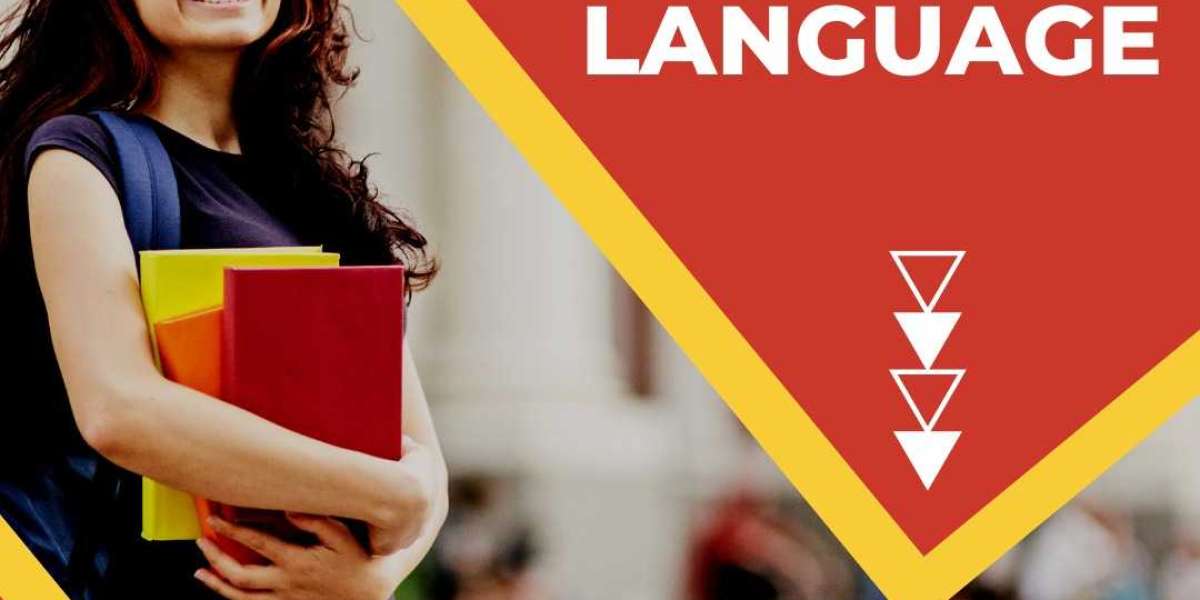Educator Room
The Educator Room is a Platform for cutting-edge distance learning for students, specifically designed for digital Learning for 9th-12th graders. With diverse disciplines and courses, this platform provides an ideal learning environment for learners seeking flexibility and personalized education.
One key Factor of The Educator Room is its user-friendly interface and design, making virtual Learning simple and enjoyable for high school students. This platform has been made according to today's learners' modern needs, who increasingly seek a more flexible and personalized approach to education.
Is Self-Paced Learning For You?

Learning that is self-paced is a method of instruction in which students are given the capability of regulating their own learning pace. This approach provides for Personalized and flexibility, but it also needs willpower, self-motivation, and time management. In this article, we'll give you the benefits and drawbacks of learning through self-paced and aids readers in determining which approach is best for the situation.
Benefits of Self-Paced Learning
Self-paced learning offers several Benefits, including:
- Flexibility:- Self-paced learning allows learners to study at their own pace and schedule. Flexibility can be a good choice for students involved in Sports or have other activities because they can fit their classes around the demands.
- Personalization:- Self-paced learning allows learners to tailor their learning experience to their needs and learning style. High school Students can focus on the most challenging areas or skip over concepts they already know.
- Increased Engagement:- Self-paced learning offers a more engaging and interactive learning experience than traditional classroom learning. Learners have access to various multimedia resources, such as Platforms like Educator Room that provides videos, VR/AR Experienced in education, and interactive quizzes, which help keep them engaged and motivated.
- Improved Retention:- Self-paced learning allows learners to review content as often as needed to understand it fully. Improved Retention helps to improve Retention and long-term learning.
- Cost-Effectiveness:- Self-paced learning can be a cost-effective option for learners, as they can often access free or low-cost resources online.
Challenges of Self-Paced Learning
Self-paced learning can provide several benefits, but it also has several challenges to take into consideration, such as:
- Lack of Structure and Accountability:- Self-paced learning requires high school students to be self-motivated and disciplined. With the structure and accountability of a traditional classroom, some Students can stay on track.
- Isolation:- Self-paced learning can be a solitary experience, which may be better for learners who thrive in a social learning environment.
Self-Assessment for Self-Paced Learning
Before beginning an online learning experience, students should determine if it's the appropriate strategy for their needs. The factors to be considered are:
- Learning Style:- Learning through self-paced is only ideal for some's learners. Students who prefer a more controlled classroom setting with a teacher on duty may benefit from the flexibility and freedom of self-paced Learning.
- Self-control and inspiration:- Self-paced Learning requires an amount of motivation and control. Learning at a self-paced pace can be challenging for those who struggle to accomplish students' tasks or need external encouragement.
- Time Availability:- Self-paced Learning requires learners to manage their time effectively. Learners with many other commitments may stun help finding the time they need to dedicate to their studies.
- Learning Objectives:- Self-paced Learning requires learners to set their learning objectives and goals. Virtual Learning for high school students still determining what they want to achieve or need direction may find self-paced Learning challenging.
Self-Paced Learning Techniques and Strategies: Types, Tips, and More
Learning through self-paced is an adaptable method that lets learners be in charge of their Learning. It doesn't matter if you're a student, an employee, or looking to broaden your skills and knowledge Self-paced learning is a great way to assist you in achieving your goals. We'll provide suggestions to help you learn effectively by self-paced, such as making a study plan that prioritizes teaching objectives, creating a welcoming learning environment, being engaged, and requesting help and assistance.
Set target goal
Goal-setting is a crucial part of self-paced Learning. It assists you in determining your goals and the route you intend to take. It's vital to be specific, quantifiable, realistic, relevant, and time-bound while making goals.
Management of Time
Time management skills are essential for self-paced Learning. Putting off doing something or becoming sidetracked without structure or discipline is simple. Organizing your learning activities and deadlines on a timetable or calendar is one approach to managing your time well. You can also use time-management tools like Pomodoro timers or task lists to keep organized and focused.
Accountability
Being accountable to yourself is essential for self-paced Learning. Holding yourself responsible for completing your learning activities and achieving essentials is vital. Accountability, though, can be a variety of tasks. Another option is a study companion, mentor, or coach who can offer encouragement, support, and criticism.
Collaboration
Collaboration can be a powerful method of self-paced Learning. Collaborating with your classmates will allow you to gain different points of view, exchange thoughts, and increase your understanding of concepts. Forums, group projects with other students, and simple collaboration in a shared learning space can be examples of collaboration activities.
Conclusion
Digital Learning has become an indispensable education component for secondary school learners. The popularity of virtual high school courses has led to the emergence of self-paced Learning as a productive teaching approach. Virtual Learning for high school students can gain from the adaptability of self-paced Learning, which permits them to work at their speed and on their schedule.








